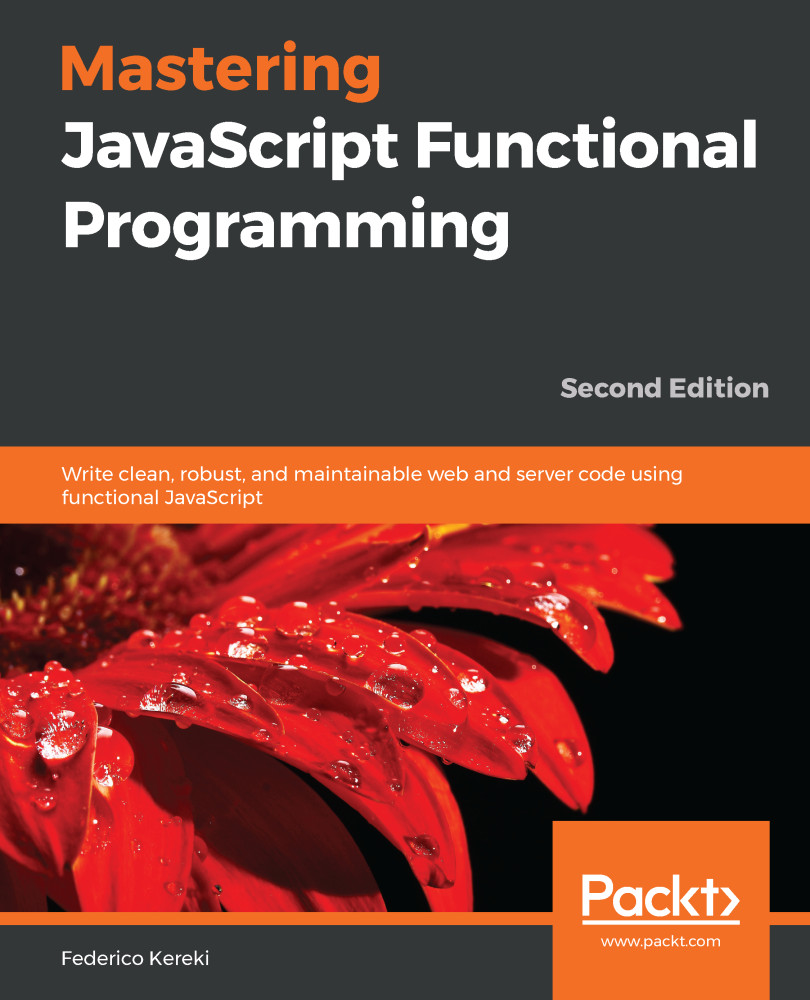In computer programming, paradigms abound. Some examples include imperative programming, structured (goto-less) programming, object-oriented programming (OOP), aspect-oriented programming, and declarative programming. Lately, there has been renewed interest in a particular paradigm that can arguably be considered to be older than most (if not all) of the cited ones—Functional Programming (FP). FP emphasizes writing functions and connecting them in simple ways to produce a more understandable and more easily tested code. Thus, given the increased complexity of today's web applications, it's logical that a safer, cleaner way of programming would be of interest.
This interest in FP comes hand in hand with the evolution of JavaScript. Despite its somewhat hasty creation (reportedly managed in only 10 days, in 1995, by Brendan Eich at Netscape), today it's a standardized and quickly growing language, with features more advanced than most other similarly popular languages. The ubiquity of the language, which can now be found in browsers, servers, mobile phones, and whatnot, has also impelled interest in better development strategies. Also, even if JavaScript wasn't conceived as a functional language by itself, the fact is that it provides all the features you'd require to work in that fashion, which is another plus.
It must also be said that FP hasn't been generally applied in industry, possibly because it has a certain aura of difficulty, and it is thought to be theoretical rather than practical, even mathematical, and possibly uses vocabulary and concepts that are foreign to developers—for example, functors? Monads? Folding? Category theory? While learning all this theory will certainly be of help, it can also be argued that even with zero knowledge of the previous terms, you can understand the tenets of FP, and see how to apply it in your own programming.
FP is not something that you have to do on your own, without any help. There are many libraries and frameworks that incorporate, in greater or lesser degrees, the concepts of FP. Starting with jQuery (which does include some FP concepts), passing through Underscore and its close relative, Lodash, or other libraries such as Ramda, and getting to more complete web development tools such as React and Redux, Angular, or Elm (a 100% functional language, which compiles into JavaScript), the list of functional aids for your coding is ever growing.
Learning how to use FP can be a worthwhile investment, and even though you may not get to use all of its methods and techniques, just starting to apply some of them will pay dividends in better code. You need not try to apply all of FP from the start, and you need not try to abandon every non-functional feature in the language either. JavaScript assuredly has some bad features, but it also has several very good and powerful ones. The idea is not to throw away everything you've learned and use and adopt a 100% functional way; rather, the guiding idea is evolution, not revolution. In that sense, it can be said that what we'll be doing is not FP, but rather Sorta Functional Programming (SFP), aiming for a fusion of paradigms.
A final comment about the style of the code in this book—it is quite true that there are several very good libraries that provide you with FP tools: Underscore, Lodash, Ramda, and more are counted among them. However, I preferred to eschew their usage, because I wanted to show how things really work. It's easy to apply a given function from some package or other, but by coding everything out (a vanilla FP, if you wish), it's my belief that you get to understand things more deeply. Also, as I will comment in some places, because of the power and clarity of arrow functions and other features, the pure JavaScript versions can be even simpler to understand!



